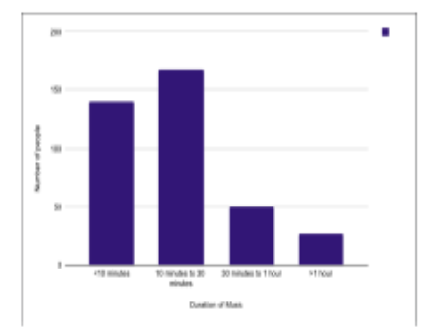


Journal of Pharmaceutical Research
Year: 2024, Volume: 23, Issue: 3, Pages: 157-163
Original Article
Simranjeet Kochar1, Varun Pareek1, Lokendra Sharma1, Susheel Kumar1,∗
1Department of Pharmacology, RUHS College of Medical Sciences, Jaipur, 302033, Rajasthan, India
*Corresponding Author
Email: [email protected]
Recurrent, intense headaches that are accompanied by a number of other symptoms are the hallmark of the complicated neurological illness known as Migraine. This research focuses on finding a therapeutic relationship between Migraine and Music. Music therapy, a specialised field that employs music to address physical, emotional, cognitive, and social needs of individuals, has gained traction in diverse medical settings. We have taken in account several musical characteristics like duration of listening, category of music, effectiveness of music in improving the migraine associated pain, gender wise differences in music listening habits, and many more. Between August 31, 2023, and October 6, 2023, a Pan-India cross-sectional analysis was carried out across several medical colleges in India. A self-administered questionnaire was utilised to collect data using web-based links and statistical analysis was made using appropriate tools. All participants were 18 years old or older, moreover all of them were enrolled in MBBS colleges in India. A total of 384 students participated in the study (170 Females and 214 Males). With the help of Headache Screening Questionnaire (HSQ) 8.41% males and 13.52% females are suspected migraine patients. Furthermore, the type of music preferred by subjects and the duration of music listening was taken into account. Then, the Chi-squared value was obtained as 4.40649125 and with the help of the same, P-value was obtained to be 0.110449. The p-value < 0.05, indicating that the result is not statistically significant. While this study did not find a robust relationship between music and migraine pain relief, future research with more advanced tools and a larger sample size could potentially uncover a significant association. The current findings suggest that music may play a modest role in the therapeutic management of migraine pain. However, further exploration is warranted, as music therapy holds promise as a fascinating complementary approach that could aid in migraine treatment with minimal or no medication. Delving deeper into the psychological and neurological mechanisms underlying music's perceived efficacy in migraine management may elucidate its true therapeutic potential.
Keywords: Migraine, Music Therapy, Migraine Treatment, Music, Migraine
© 2024 Published by Krupanidhi College of Pharmacy. This is an open-access article under the CC BY-NC-ND license (https://creativecommons.org/licenses/by-nc-nd/4.0/)
Subscribe now for latest articles and news.